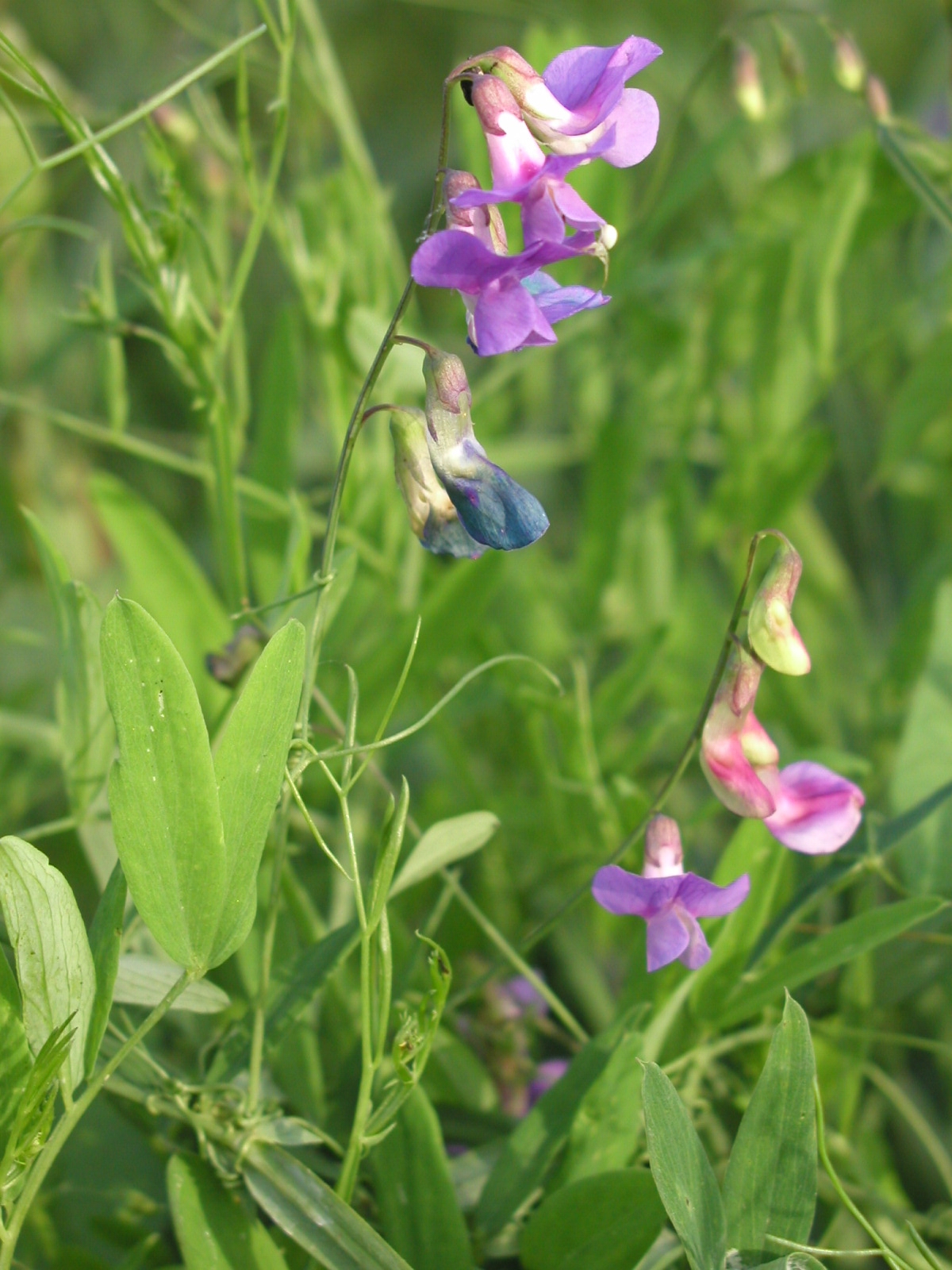Tiszatelek-Tiszabercel Floodplain NCA
The protected area includes the floodplains on both sides of the Tisza river from Gávavencsellő to Tiszatelek. Protection was declared in 1973, and the floodplain of Gávavencsellő was annexed to the area in 1990. Now the protected area is 1,263 ha.
The fact that the it lies on the floodplain of the Tisza river determines its hydrological conditions.
The most important tasks of nature conservation is to preserve the natural or semi-natural habitats and wildlife, and other natural values (like watercourses and oxbow lakes) of the Tisza that evolved secondarily, after the regulation of the river.
2. Description and nature conservation of the area
The climate of the Upper-Tisza region is mainly continental, warm and dry temperate, with the southern part being especially dry. Because of the of the vegetation and the cooling effect of water, the floodplain warms up much slower and to a lesser degree than the open fields surrounding it.
On the other hand, the radiation is also lower, which is why microclimatic fluctuations in temperature are more balanced. The total number of sunny hours is 1920-1940 per year, usually 760-770 hours in summer, 170 hours in winter. The average yearly temperature is 9.5-9.6 ºC, during the vegetation period 16.6-16.8 ºC. The total precipitation in the region is 550-580 mm (which was 10-30% below of the average precipitation of the late ‘80s and early ‘90s). In summer, 330-340 mm precipitation is likely.
The floodplain of the Tisza river (nowadays controlled by dykes), is destined for preserving the willow-poplar groves (Salicetum albae-fragilis), the almond-leaved willow communities along the river (Salicietum triandrae) and, on higher areas, the sparse oak-ash-elm hardwood-groves (Fraxino pannonicae-ulmetum), likewise the native species of its shrub- and herbaceous layer. The oxbow-lakes of the Tisza, rich in aquatic weeds and bordered by sedges and bulrushes, are also protected. The Water Chestnut and the White Water-lily are among the most important aquatic plant species. We also need to protect the remains of wet meadows (Alopecuretum pratensis) and marsh meadows (Agrostetum albae).

During the pilot stage of the Hungarian Biodiversity Monitoring Program, within a 5-by-5km plot, 371 vascular plant species were described in 1996, 15 of which are protected. We must mention that the Summer Snowflake and Chrysanthemum serotinum occurs in large numbers in the area. The Hungarian Horse-radish, the Marsh Pea, Ophioglossum vulgatum, the Lesser Butterfly Orchid, the Columbine Meadow Rue and the Common Twayblade are also worth mentioning. The Floating Heart and the Floating Fern colour the already mentioned aquatic weed community.
The high zoological value of the area is proved by the occurence of the Long-tailed Mayfly and several protected dragon-fly species, like the Norfolk Aeschna, the Club-tailed Dragonfly or Gomphus flavipes.
82 bird species breed in the woodlands of the floodplain. The most valuable bird communities of the area are the heron population of Vencsellő with Grey Heron, the Black Stork population breeding in hard-wood forests, and also, one of the biggest Sand Martin colonies of Europe can be found here. A true rarity of the wet meadows and hayfields encompassed by the forests is the Corncracke, while the Grey Partridge is a more common breeding species of the region. Among the mammals, the Otter should be mentioned with unfortunately decreasing numbers, while the Wildcat occurs here only occasionally.
Visitors looking for tranquility or recreation can swim and enjoy the sandy banks of Vencsellő, Ibrány and Tiszatelek, or fish on the designated places.
Although the area does not possess plenty of monuments, visitors can see some cultural andhistorical values, too. In Tiszabercel, a steam-engine can be seen lifting over inland waters into the canal only for the spectacle of it. The area, except for the Remete-zug and Tódalja, can be visited all year round.
















